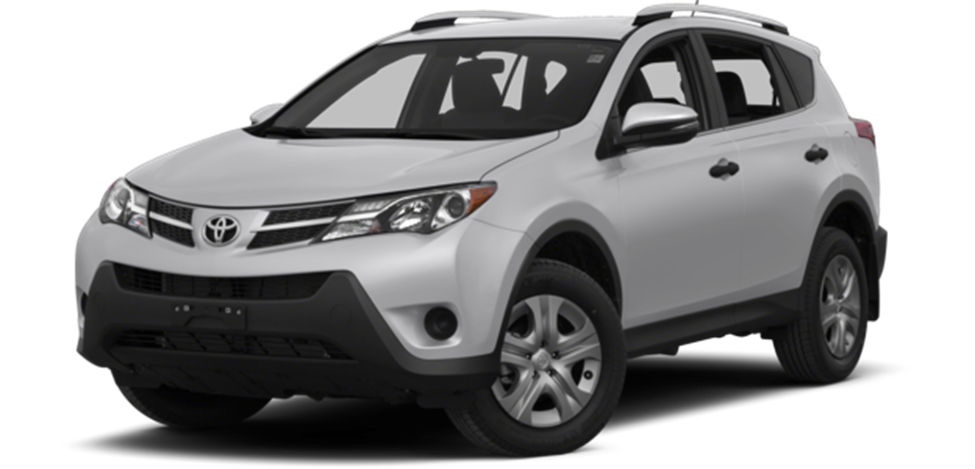A Focus on Efficiency
Toyota thinks few people will miss the energetic V-6 — especially because only around 15 percent of RAV4s were so equipped — but customers who did want it will have a tough time acclimating to the four-cylinder, which is the sole engine for 2013. Though it’s not quick, power from the carryover 176-horsepower, 2.5-liter engine is adequate with front- and all-wheel drive, and it builds steadily thanks to a responsive six-speed automatic transmission that replaces last year’s outdated four-speed.
Two new driver-selectable modes alter accelerator response, transmission timing and steering feel — one to benefit fuel economy, the other to enhance performance.
The first, Eco mode, should be called conservation mode. When activated, it feels like you’re bucking a sudden headwind. Throttle response is dulled, and output from the climate system is limited to conserve fuel. It’s most noticeable in stop-and-go traffic, where takeoffs are markedly slower.
On paper, the modest power is worth it, as fuel-economy ratings are up for 2013: Two-wheel-drive models are EPA rated at 24/31 mpg city/highway, a boost of 2 city mpg and 3 highway mpg. City mileage is 1 mpg better than the CR-V (23/31), but the RAV4 still trails the impressively efficient base CX-5 (26/35).
Sport mode takes the opposite tack: A boost of power kicks in immediately and the transmission snaps off quicker shifts. The system also dials back the electric power-steering assist for a more connected-to-the-road feel. Sport mode makes the RAV4 feel more engaging to drive overall.
I drove the 2013 back-to-back with the four-cylinder 2012, and while power feels similar, the ride is definitely improved — smoother with better road isolation. Jump up from the standard 17-inch wheels to the Limited trim’s 18s, however, and you’ll feel and hear much more road than you want to: The ride becomes noticeably harsher, and tire noise is also a problem.
Toyota says a new acoustic windshield makes for a quieter cabin, and I agree for the most part. Wind noise is well-checked, but road noise is hard to ignore. The engine also contributes: It can sound loud and coarse, especially when pushed.



